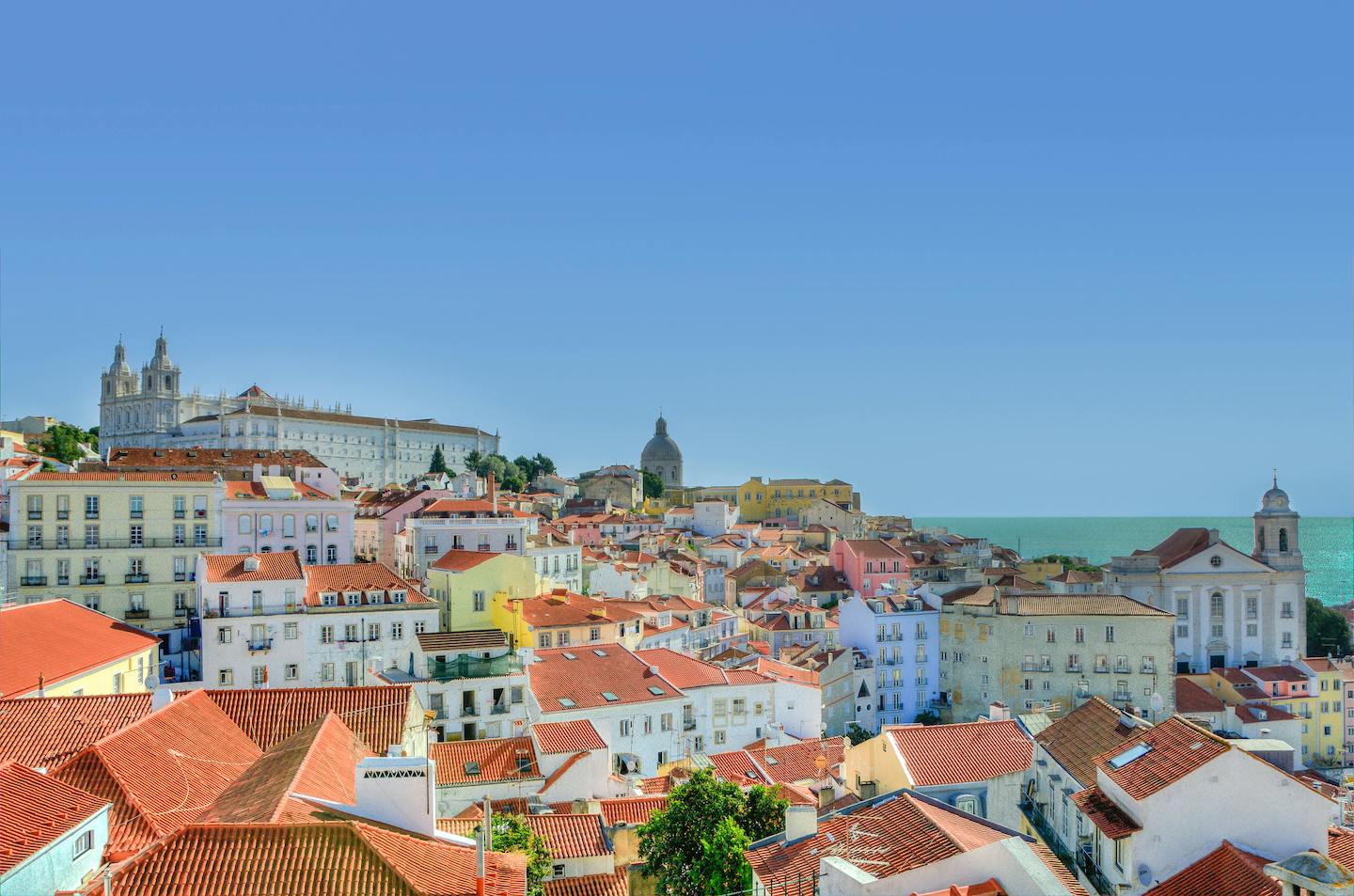Portugal’s attempts to curb the influx of wealthy foreign home buyers have proven ineffective, as house prices in Lisbon continue to rise, surpassing those in Milan, Madrid, and Berlin. Despite government measures to control the market, demand remains high, driven by the city’s appeal and limited housing supply.
Key Takeaways
- Lisbon house prices rose 5.8% in November, reaching a record €5,426 per square meter.
- The increase in Lisbon’s housing prices is the second-largest in Europe, following Athens.
- Government efforts to end the golden visa program and cut tax incentives have had little impact on demand.
- The shortage of housing supply is a significant factor driving up prices.
- Rising prices have made home ownership unattainable for many locals, leading to increased rental costs and precarious living conditions.
Lisbon’s Housing Market Boom
After Portugal introduced investment incentives to attract wealthy foreigners, Lisbon’s housing market experienced a significant boom. The cost of homes in Lisbon rose by 5.8% in November, reaching a record €5,426 ($5,963) per square meter. This increase is the second-largest in Europe, only behind Athens, according to data from Idealista.
Over the past five years, residential property prices in Lisbon have surged by almost 30%, making it more expensive than Milan, Madrid, and Berlin. This rapid price increase has put new homes out of reach for most locals, highlighting how supply constraints often outweigh interest rates in determining prices.
Government Measures and Their Impact
In response to the soaring prices, Portugal’s government has taken steps to curb demand from foreign buyers. The country ended its golden visa program and approved plans to reduce tax incentives for new residents. However, these measures have had little effect on cooling the market. Lisbon’s sunny climate, attractive lifestyle, and relatively lower prices compared to cities like Paris and Zurich continue to draw foreign interest.
Paulo Silva, head of real estate consultant Savills in Portugal, noted an increase in inquiries from foreign clients despite the policy changes. The persistent demand, coupled with a limited housing supply, has kept prices high even as sales have slowed.
Supply Shortages and Rising Inequality
A significant factor contributing to the high prices is the shortage of available homes. Long waits for construction licenses and bureaucratic red tape have exacerbated the supply issue. For instance, Vanguard Properties, a major developer in Lisbon, has no units to sell next year after handing over 500 apartments in the past two months, nearly half of which went to foreign buyers.
In 2022, the number of homes available in Portugal reached its lowest level in 15 years. Social housing accounts for just 2% of the total stock, one of the lowest in the EU. This shortage has driven up prices, making home ownership unattainable for many Portuguese families, who now face expensive and substandard rentals in distant suburbs.
Future Outlook and Concerns
The rising prices have sparked concerns about a potential market downturn. Portugal’s central bank recently required lenders to build additional capital buffers to cover possible housing-related losses. This move followed a 22% drop in residential sales in the first half of the year.
With home ownership out of reach and rents soaring, more Portuguese people are living in precarious conditions. The growing inequality has led to social tensions, with thousands protesting the housing crisis in Lisbon and other cities.
Portugal’s Socialist government has pledged to increase the number of affordable homes and end incentives for foreign buyers. However, the country’s warm climate, stunning beaches, and relatively low cost of living continue to attract foreign investors, making it challenging to balance the market.
Pedro Coelho, CEO of real estate investment firm Square Asset Management, emphasized that Portugal’s appeal will likely continue to draw foreign interest, complicating efforts to stabilize the housing market.












